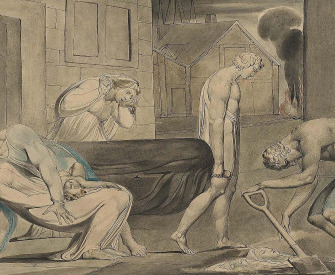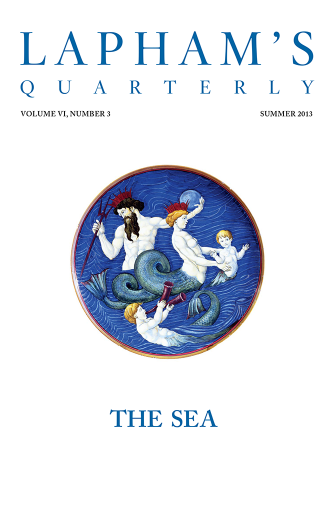If seasonal birds did, in the time of their absence from us, reside anywhere in this earth, it is likely that someone would in one age or other have discovered the place; but I cannot, from any record of the learned or distinct and reasonable account of other men, find that there is any man who has seen them out of their seasons; and therefore I conclude they are nowhere in this our earth.
Consider their coming, which is so sudden (as to diverse of the kinds) that it is as if they dropped down upon us from above. In woodcocks especially, it is remarkable that upon a change of the wind to the east, about Allhallowtide, they will seem to have come all in a night; for though the former day none are to be found, yet the next morning they will be in every bush. I speak of the west of England, where they are most plentiful. Nor is it observed that they are in the eastern parts sooner than in the most western; nor that they fly westward, when they are flushed or raised to the wing, more than to any other quarters; whereas if they came from any earthly coast, it is likely their tendency to spread themselves farther would be from those coasts from whence they came. They come not in flocks, as fieldfares and redwings, but are sprinkled singly all over the country and in some parts are twenty for one what they are in others, especially where are plenty of springs and woody sides of hills; and perhaps mineral streams may contribute to the attraction of them.
It may therefore be supposed they hover aloft, where the attraction is weak; and though they may come all together to the utmost parts of the atmosphere, they may there disperse themselves to take a gust of the air; and when they meet with steams that are agreeable, they forthwith drop right down to the place that best pleases them. One single bird, in his dispersion, overshot himself and, it seems, rambled too far out of his way; for I have heard this remarkable story: “A ship out at sea, farther from land than any birds used to be found, discovered a bird aloft in the air, hovering over them, as high as they could discern; which bird descended toward them and made diverse rings over the vessel, and at last lighted on the deck. It was a woodcock, so wearied that they took it up with their hands.” This relation I had from the Reverend Mr. Thomas Travers of Cornwall, who received it from the captain, or master of the vessel, a man of good credit and understanding. He said also, “It came not from any coast but down right from above, and (if I do not misremember) it was more southerly than any such birds used to be found.”
Now, if this be true (as I have no reason to doubt it), it either shows the creature to come from above, or at least thus much, if it come from any remote part of the earth, it first mounts above the attraction of the earthly globe before it begins its journey toward us. Which, if it be gained, it fairly helps our supposal, as is before noted; for if there be such an attraction (which is called gravity) and it have bounds in a certain height, then it may as well serve their going to the moon as to some other parts of the earth.
From “An Inquiry into the Physical and Literal Sense of Jeremiah 8:7.” In 1686 Morton, a Cambridge University–educated Nonconformist minister, composed this essay on the meaning of the Old Testament verse “Yea, the stork in the heaven knoweth her appointed times; and the turtle and the crane and the swallow observe the time of their coming.” Around the same time, Morton, under political pressure, closed his academy for Protestant Dissenters (among his students was a young Daniel Defoe), left England, and settled in Massachusetts to serve as pastor of Charlestown’s first church.
Back to Issue





